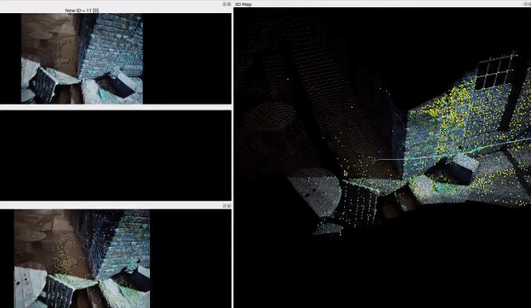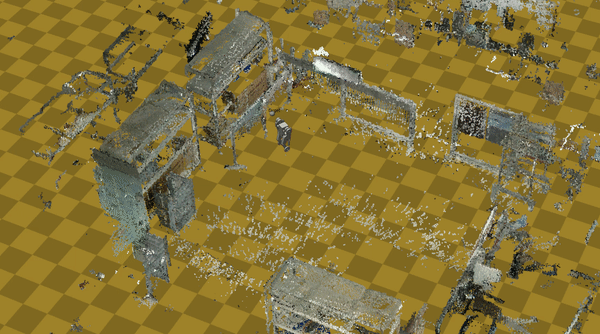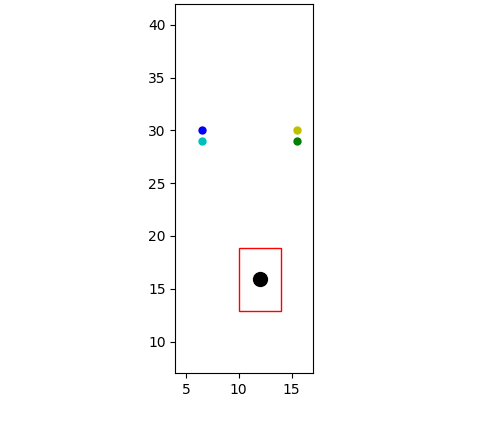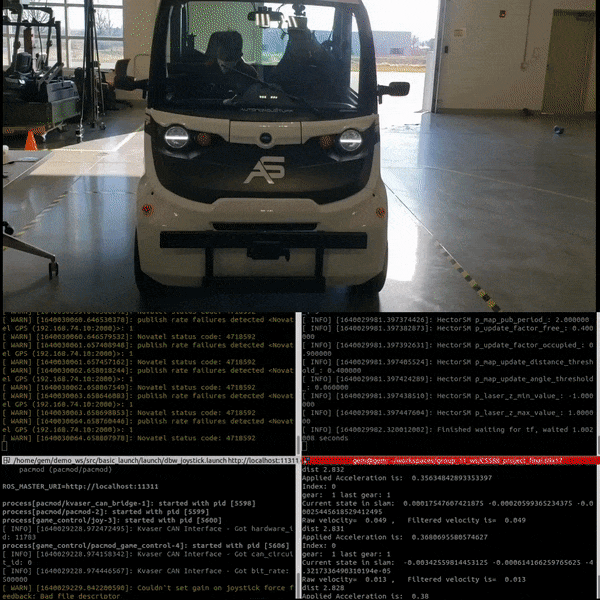Get to know me!
Hey! It's Shubham Kedia and I'm a Sr. Research Scientist located in Orlando, USA. With a strong foundation in Robotics and Software Development, I have undertaken various research projects. This includes the development of multi-modal localization products, 3D vision tools (Meshing, Gaussian splatting) for complex indoor and outdoor scenarios, and navigation solutions. My experience also extends to working as a Graduate Research Assistant at the Intelligent Motion Lab, University of Illinois Urbana-Chamapign.
Additionally, I have >4 years experience as a Senior Engineer at Mahindra & Mahindra Pvt. Ltd., contributing to software development, modeling, and state estimation. Proficient in programming languages such as Python and C++, I possess the technical skills necessary to excel in the field. I am driven by a passion for innovation and a desire to contribute to the advancement of robotics and automation. Feel free to contact me here.









